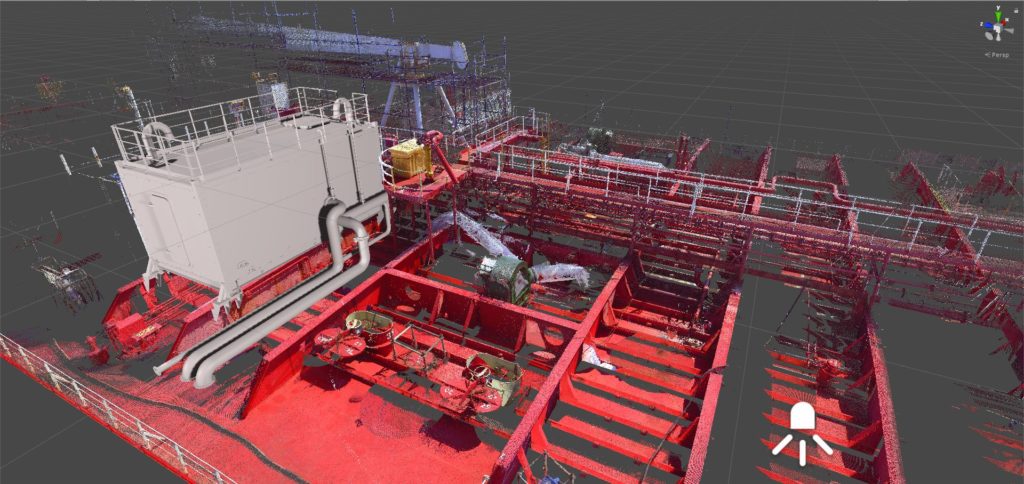The management of ballast water is crucial for preventing the spread of invasive aquatic species and maintaining marine ecosystems. The International Maritime Organization (IMO) has established stringent regulations to ensure that ships treat their ballast water effectively before discharge. Compliance with these regulations requires the installation of Ballast Water Treatment Systems (BWTS) that are both effective and cost-efficient.
Regulatory Background
The IMO’s Ballast Water Management (BWM) Convention, which entered into force in September 2017, mandates that ships manage their ballast water to meet specific discharge standards. These standards, known as the D-2 standard, require the treatment of ballast water to remove or render harmless aquatic organisms and pathogens. Ships must install type-approved BWTS to comply with these regulations, and the choice of system depends on various factors, including the ship’s operating conditions and the water quality it encounters.
Key Considerations for Cost-Effective BWTS
When selecting a BWTS, shipowners must consider several factors to ensure cost-effectiveness and compliance. These include the system’s efficiency, initial investment, operational costs, and maintenance requirements.
1. Efficiency: The BWTS must effectively treat ballast water to meet regulatory standards. Systems that employ filtration and disinfection methods, such as UV treatment or electrochlorination, are highly effective and adaptable to various water conditions.
2. Initial Investment: The cost of installing a BWTS can be significant, ranging up to $3.5 million, depending on the ship’s size and the system’s complexity. However, investing in a reliable and efficient system can lead to long-term cost savings by reducing the risk of non-compliance and associated penalties.
3. Operational Costs: Ongoing operational expenses, including energy consumption, chemical usage, and maintenance, are crucial considerations. Systems that use hydroxyl radical treatment, for example, are known for their energy efficiency and low power consumption, making them a cost-effective option.
4. Maintenance Requirements: Regular maintenance is essential to ensure the BWTS operates effectively. Systems with fewer moving parts, such as hydrocyclones, are easier to maintain and have lower operational costs.
Leading Cost-Effective BWTS Solutions
Several BWTS solutions have emerged as cost-effective options for shipowners, offering a balance between efficiency, compliance, and operational costs.
1. Alfa Laval PureBallast 3: This system is type-approved by both the IMO and the U.S. Coast Guard and is designed to offer superior performance in all water types. It uses UV technology to treat ballast water, ensuring compliance with the D-2 standard. Alfa Laval also provides a comprehensive portfolio of service offerings to support ongoing compliance and system maintenance.
2. SeaCURE® System: This system employs filtration and electrochlorination for ballast water treatment. It is highly effective and adaptable, suiting various water conditions and vessel types. The SeaCURE® system is praised for its low operational costs and is certified by both the IMO and the USCG.
3. Hydroxyl Radical Treatment: A filtration step followed by hydroxyl radical treatment has been found to be the most energy-efficient and cost-effective solution. This method is effective in inactivating organisms and is suitable for ships operating in various water conditions.
4. Hydrocyclone Systems: Hydrocyclones use high-velocity centrifugal force to separate suspended solids from ballast water. These systems are easy to install, operate, and maintain, making them a cost-effective option for many ships. Hydrocyclones are particularly effective in high-turbidity conditions, where other systems may struggle.

Challenges and Solutions
Despite the availability of advanced BWTS, shipowners face several challenges in ensuring cost-effective compliance. These include the high initial investment, operational issues, and the need for regular maintenance.
1. High Initial Investment: The cost of retrofitting a ship to install a BWTS can be substantial. However, investing in a reliable system can lead to long-term cost savings by reducing the risk of non-compliance and associated penalties. Shipowners should consider the total cost of ownership, including initial investment, operational costs, and maintenance requirements.
2. Operational Issues: Some BWTS may not perform as expected in real-world conditions, leading to non-compliance and potential penalties. It is crucial to select a system from a reputable supplier with a proven track record and robust support services.
3. Regular Maintenance: Proper installation and regular maintenance are critical to the effective operation of BWTS. Shipowners should ensure that qualified professionals install the systems and adhere to regular maintenance schedules to avoid operational issues and ensure compliance.
Conclusion
Compliance with IMO’s ballast water management regulations is a critical aspect of modern shipping operations. Selecting a cost-effective BWTS involves considering factors such as efficiency, initial investment, operational costs, and maintenance requirements. Systems like Alfa Laval PureBallast 3, the SeaCURE® system, hydroxyl radical treatment, and hydrocyclone systems offer reliable solutions for meeting the D-2 standard. However, shipowners must also address challenges such as high initial investment and operational issues to ensure long-term cost-effectiveness and compliance.
